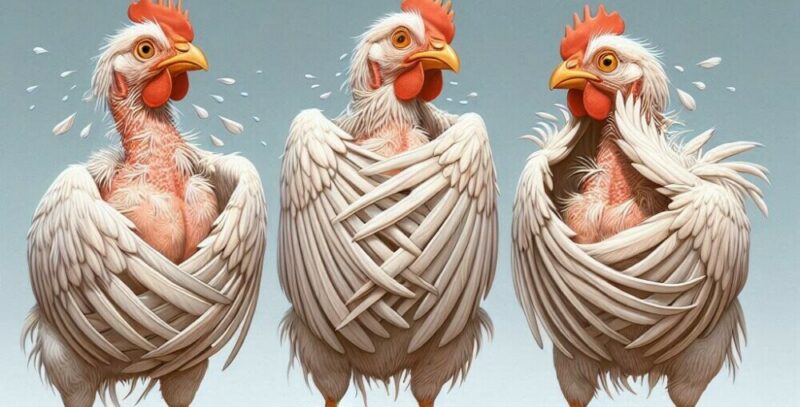
Have you ever noticed how chickens undergo a complete makeover now and then? That’s molting for you, a fascinating, natural, and normal occurrence critical for their health.
I will help you understand this remarkable process that is as vital to chickens as shedding old leaves is to a tree. In this post, you will learn:
- What molting is
- How long it lasts
- How it affects egg production
- How molting impacts a chicken after the process is complete
Let’s get started!
Molting isn’t just a chicken-centric event; it happens across various species, including birds, reptiles, and insects.
For chickens, though, it’s an annual process that gives them a break from egg-laying and the chance to replenish their feathers. You might be surprised to learn that a chicken’s body undergoes tremendous physiological changes during this time, preparing for a fresh start.
Molting ensures that they can continue to thrive, keeping their temperature regulated, their bodies insulated, and their flight capabilities in tip-top condition, should they need them.
If you haven’t witnessed it, molting can be pretty concerning. You will notice your chickens seemingly falling apart, so you might yell, WHAT’S WRONG WITH MY CHICKENS!? MY CHICKENS ARE DYING!! HELP! HELP!
Haha, don’t worry. It’s normal.
Now, what happens during the molting process?
The Molting Stages Explained
You’ll be happy to know that chickens don’t only lose feathers; they grow new, healthy ones. This renewal process has three stages: preparation, execution, and recovery. Let’s break these down.
The preparation phase is the pre-game warm-up for chickens. Their bodies gear up for the big event. You’ll see them eat more, store nutrients, and anticipate their needed energy. It’s fascinating how their bodies instinctively prepare for what’s to come.
What can you do to help? Provide a higher protein feed than they usually get. Any good feed store will have you covered. Even Tractor Supply has a good feed for molting.
Perhaps a better alternative to feed is supplements like mealworms, redworms, scrambled eggs, or even high-quality cat food. Stay away from fish and chicken. Fish make your eggs taste fishy, and chicken can perpetuate unwanted bird diseases.
Then comes the execution phase, when the main event occurs. Feathers start to drop, and the bird might look a little worse for wear but worry not; this is perfectly normal. Think of it as a change of clothing to prepare for a better future.
Birds will lose their feathers in a specific pattern, ensuring balance and the ability to regulate temperature and protect their skin. The order is:
- Head
- Neck
- Back
- Breast
- Backend
- Thighs
- Wings
- Tail
Isn’t Mother Nature awesome?
Finally, there is the recovery phase, when new “pin feathers” grow. These delicate feathers require time to develop fully. During this time, the bird’s metabolism remains high, utilizing the stockpiled nutrients to support new feather growth. A high-protein feed or supplements is still a good idea at this phase.
Understanding these stages helps us realize that molting is a complex process requiring significant energy. It’s a crucial time when the bird’s diet and environment need special attention to ensure they stay healthy and return to their usual selves as smoothly as possible–like before winter.
How Long Does Molting Last?
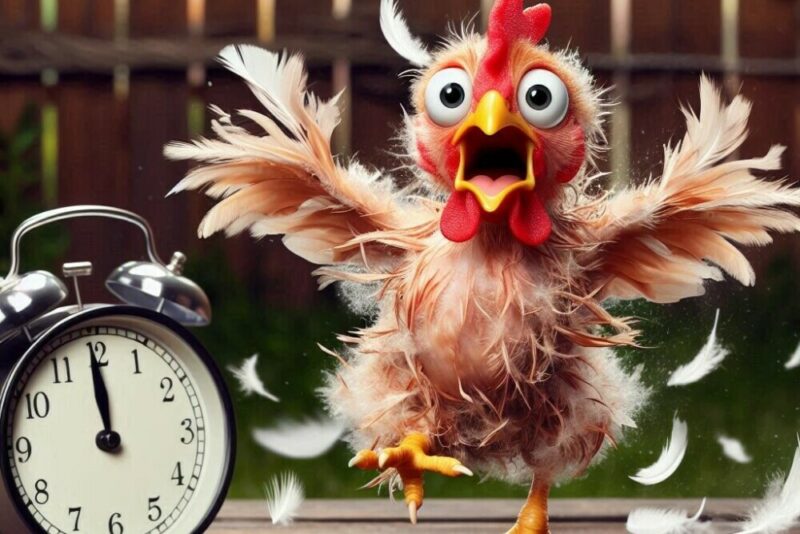
You’re probably wondering about the timescale of this whole molting business. Well, it’s a bit like running a marathon rather than a sprint for chickens.
The molting process can last 2 to 3 months and sometimes even longer. Some factors, such as breed, age, individual health, and environmental conditions, dictate this timeline.
The shortening days of late summer and fall trigger the molt’s start. You will see feathers lying about more than usual as early as August.
Not all chickens read the same schedule. Breeds like the White Leghorn might zip through their molt faster than, say, a Rhode Island Red. The older the bird, the longer it might take to complete the process. According to Storey’s Guide to Raising Chickens, the better the layer, the shorter the molt.
Nutrition also plays a huge part. Chickens eating a well-rounded diet will have a smoother and quicker molting season.
Birds don’t lay out a timeline for us to follow, but understanding these nuances can help you support them through the process.
So, what does this mean for their productivity, particularly in laying eggs? You’ll find out in the next section if you’re still with me.
Molting, Egg Production, and a Slight Pause
During molting, chickens often stop or slow down laying eggs. Simply put, their bodies need their resources directed to growing new feathers.
If you have backyard chickens, you might have noticed this pause in egg production. Typically, this break mirrors the length of the molt, which, as I wrote, can last anywhere from a couple of weeks to several months, depending on factors like breed, age, and the individual chicken’s health. It’s normal for older hens to take longer to start laying again after molting.
Repeating myself, the hens must receive the proper care and nutrition needed through the molt. A high-protein diet during this spell helps them regrow feathers and prepares them to return to their egg-laying duties.
If you want to read my Happy Hens Treats Bug Bonanza review, click here.
A well-fed hen post-molt can often return as a better egg layer! That’s like giving them a vacation, and they return to work refreshed and ready to go.
How does molting impact a chicken’s physical and behavioral status, and how can you minimize stress and maximize their health during this critical time?
The aftermath of molting is more than just regrowing feathers and returning to egg production; it’s about ensuring the process has left the birds in good shape for the future.
The Aftereffects of Molting
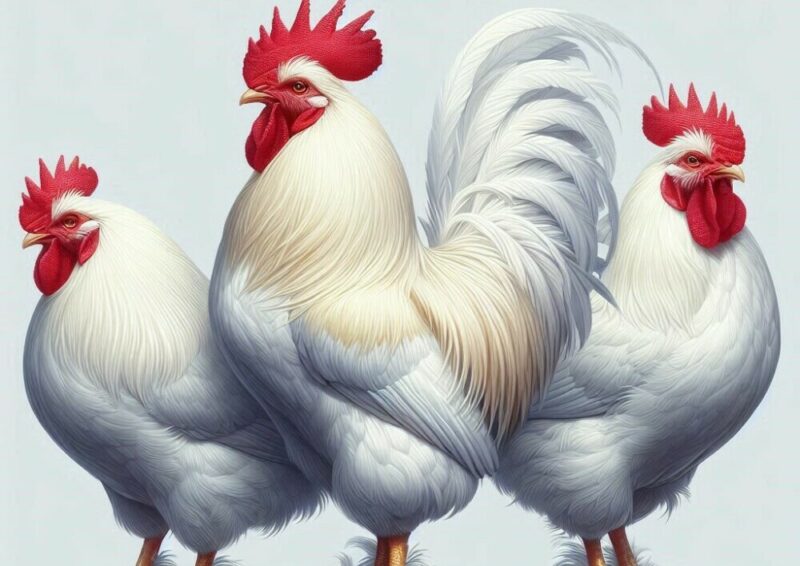
Now, let’s talk about life after the feathers have fallen. Molting is exhausting, demands heaps of energy, and puts chickens under a lot of stress. But look at it this way. Replacing baby teeth as a child is all of those things, too. It’s natural, though; as humans, it’s just what we do.
And when the baby gets new teeth, she smiles! So it is with chickens.
Post-molt, you’ll notice your chickens flaunting their fresh, new feathers. It’s a sign they’ve come full circle.
Nutritional support is paramount during this recovery phase. A protein-rich diet, vitamins, and minerals helps chickens replenish their strength and prepare for the next egg production cycle.
After molting, chickens often emerge more active and vibrant. They are getting back on track with their regular routines. However, watch for any signs of lethargy or poor health. You need to know why a chicken isn’t bouncing back as expected.
Molting takes a toll on the flock, but you can minimize stress and ensure a smooth transition with careful management. Adjust your chickens’ habitat for comfort and provide extra care during this period. If you look after your chickens well during molting, they’ll reward you with excellent health and, eventually, the return of fresh eggs in the nesting box.
What did you think the first time your chickens molted? Did you panic? I know I did, but that was years ago. Tell me about your molting stories below. I’d love to hear about them.
Dave
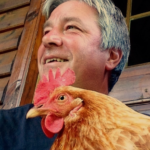
Chickenmethod.com
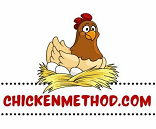

This is a fantastic guide to understanding the molting process, Dave! I do not have chickens myself, but I love to buy fresh eggs. Often my supplier will tell me they don’t have eggs because the chickens are molting. Your detailed breakdown of the stages and practical tips for supporting our feathered friends during this time is incredibly helpful. I appreciate the emphasis on nutrition and the reassurance that molting is a normal and healthy process for chickens. The comparison to replacing baby teeth made it so much more relatable!
I’m curious, during the molting process, is there anything specific you recommend for managing the increased stress levels in chickens? Thanks again for the great information!
– Scott
Thank you very much, Scott. It’s almost the time of year for the molting to begin so I thought it would be a good time to post this.
As I mentioned, the best you can do for the little egg makers is boost their diets with a little extra protein. I get so many eggs that it is no loss to scramble a bunch regularly from August through October. I also have a pile of composted dirt that I turn over occasionally so they can eat the redworms. They go crazy for that.
Thanks for stopping by. If you have any chicken questions, feel free to contact me at Dave@Chickenmethod.com, and I’ll get back to you quickly.